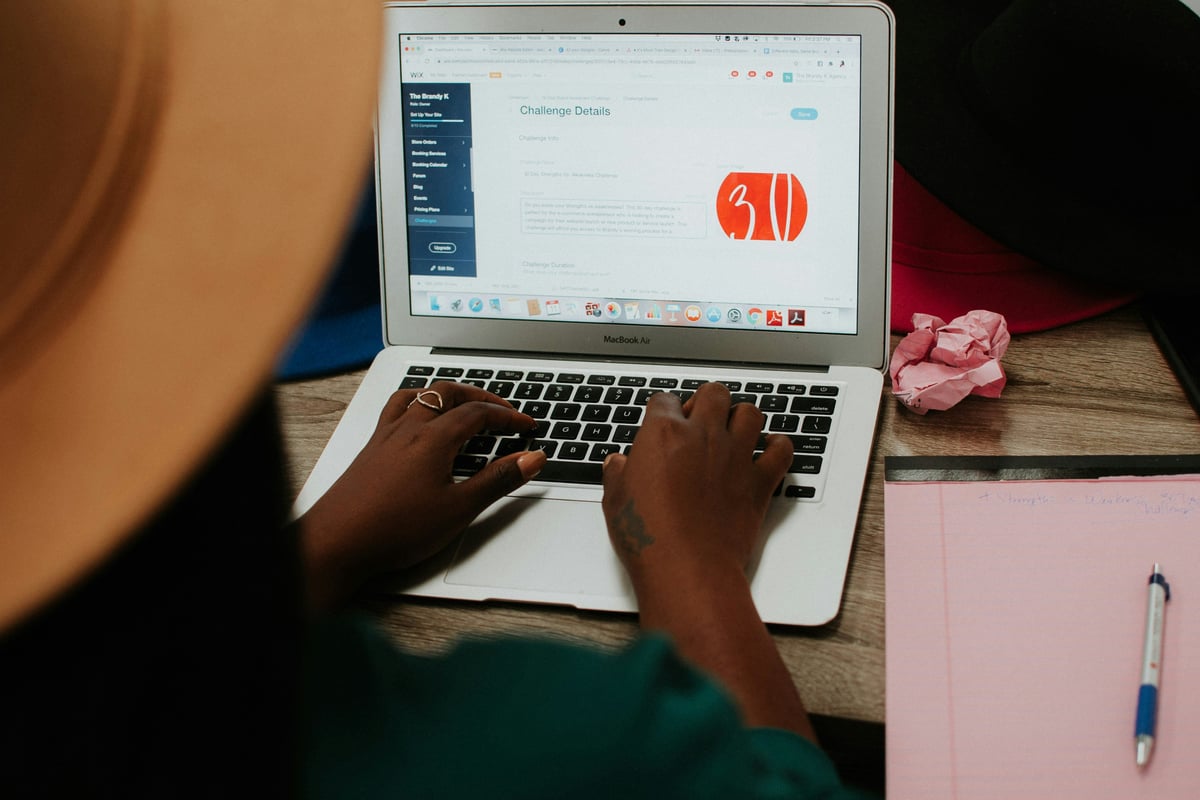In today's digital age, freelancing has become one of the most popular career paths. The allure of being your own boss, working from anywhere, and setting your own hours is undeniable. But for many, the biggest question is: how can you become a freelancer with no experience? You may feel that you’re competing against seasoned professionals, but the truth is, everyone starts somewhere. With the right strategies, mindset, and approach, you can launch a successful freelancing career—even without prior experience.
This guide will walk you through the step-by-step process to start freelancing from scratch, laying out actionable tips that can help you succeed.

Freelancing involves offering your services to clients on a project or contract basis, rather than being tied to a long-term employer. As a freelancer, you have the flexibility to choose your projects, clients, and working hours. Whether you're interested in writing, graphic design, marketing, or web development, freelancing opens up endless opportunities to work across various industries.
But why should you consider freelancing even if you have no experience?
You might think that without prior experience, you have nothing to offer, but that’s not true. Everyone has skills—they just need to be identified, polished, and packaged for freelancing. Here’s how you can identify your marketable skills:
Ask Yourself These Questions:
Once you have identified some of your strengths, you can turn them into freelance services. For instance:
Tip: Learn New Skills
If you feel your current skills aren’t marketable, start learning. Platforms like Udemy, Coursera, or Skillshare offer affordable courses that can help you build in-demand skills like digital marketing, graphic design, or copywriting. Invest a few hours a week learning and practicing, and you’ll be freelancing in no time.

Once you’ve identified your skills, it's important to define your niche. A niche helps you target a specific audience and build expertise in a focused area, making it easier to stand out in a crowded marketplace.
For example:
Choosing a niche makes it easier to market yourself as an expert in that specific area, increasing your chances of landing projects.
One of the most significant challenges of starting freelancing with no experience is the lack of a portfolio. But don’t worry—you can build a portfolio from scratch, even without client work.
Ways to Build a Portfolio:
Once you’ve completed these projects, create a professional portfolio showcasing your best work. Use platforms like Behance (for design) or create your own website using Squarespace or WordPress to host your work.
Now that you’ve identified your niche and built a portfolio, it’s time to set up your freelancer profiles. These profiles will help you market your services to potential clients.
Popular Freelancing Platforms:
When setting up your profile, be sure to:
Internal Tip: For more tips on optimizing your freelancer profile, check out Mavenwit’s blog for more inspiration and career tips.

One common mistake new freelancers make is waiting for clients to come to them. Instead, be proactive and start reaching out to potential clients.
Ways to Find Clients:
Pro Tip: Keep your emails and pitches short and to the point. Focus on how you can solve their problems rather than just listing your skills.
In the beginning, it’s essential to start small. Don’t expect to land high-paying clients or big projects right away. Be willing to take on smaller jobs, even if they pay less than you'd like. These jobs will help you build your reputation, gather client testimonials, and hone your skills.
As you gain more experience, you can increase your rates and work on larger, more lucrative projects. Don’t rush the process—freelancing success takes time.
Tip: Be Patient and Persistent
Freelancing is a long-term game. You may face rejections or slow periods, but persistence pays off. Keep refining your skills, improving your portfolio, and networking, and soon you’ll start seeing progress.
Freelancing comes with financial freedom, but it also brings responsibility. Since you won’t have a steady paycheck, you’ll need to manage your finances carefully.
Financial Tips for New Freelancers:

The freelancing world is constantly evolving, and it’s crucial to keep learning and improving your skills. Stay updated with industry trends, learn new tools, and take advanced courses to stay ahead of the competition.
Additionally, seek feedback from your clients and use it to improve your services. Building a successful freelance career takes time, but continuous learning and self-improvement will accelerate your growth.
Becoming a freelancer with no experience might seem daunting, but with determination, strategy, and hard work, you can succeed. Start by identifying your skills, choosing a niche, building a portfolio, and reaching out to potential clients. The more you put yourself out there and gain experience, the more confident and successful you’ll become.
Are you ready to dive into the world of freelancing? Your dream career is just a few steps away. Stay consistent, keep learning, and soon you’ll be thriving as a freelancer, regardless of your initial experience.
For more insights and strategies on growing your freelance career, don’t forget to check out our other blogs on Mavenwit!
Find out if MentorCruise is a good fit for you – fast, free, and no pressure.
Tell us about your goals
See how mentorship compares to other options
Preview your first month
